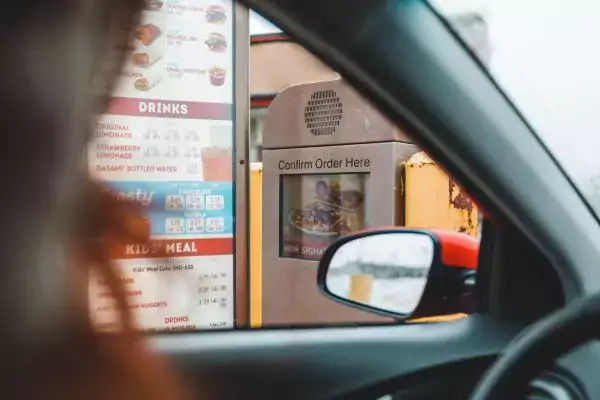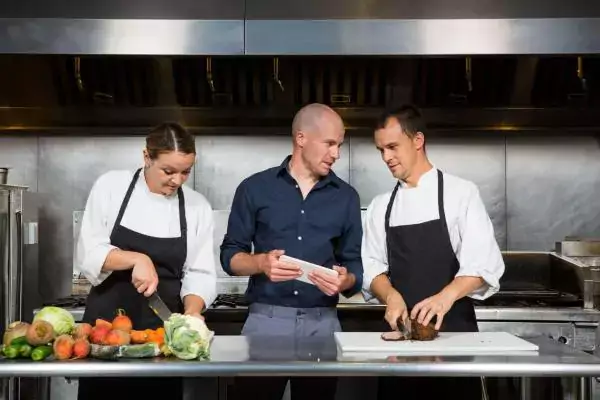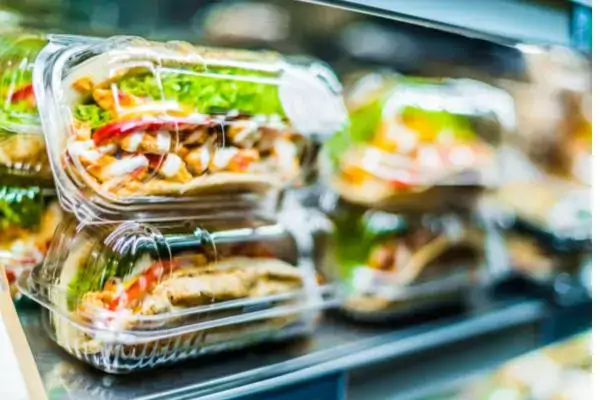Not everyone has the advantage of operating a restaurant in San Diego where the weather is picture perfect year-round.
Even Zenput’s home city is known for the famous quip, “The coldest winter I ever spent was a summer in San Francisco.” That doesn’t deter our local restaurants from offering outdoor seating, though. In fact, Thrillist compiled a list of 89 outdoor par and patio restaurants in this city.
The fact is that restaurants miss out on a big revenue opportunity when they don’t utilize their outdoor space. I once saw a restaurant that converted a small alley on the side of the building into a secret garden with lovely decor and strands of lights in trees. It only accommodated a few tables, but even with an average dinner bill of $50, that’s $250 per hour the restaurant wouldn’t have made.
Furniture Maintenance
Your outdoor furniture is often the first thing people see when they approach the restaurant. If the wicker needs to be painted, seat cushions are dirty, and the umbrella has a tear in it, you could be losing patronage. Treat your furniture like it’s an extension of the building exterior. It’s not just about aesthetics; it’s also about safety.
Carefully consider the kind of furniture you’re choosing and what message it sends. Picnic benches speak to fast casual dining such as pizzas, burritos and sandwiches, while wicker chairs with padded seats are more appropriate for a full sit-down meal. Train your staff on what to do with outdoor furniture at night. Some restaurants can anchor tables and chairs to prevent theft. Otherwise, they must be carried in and stored overnight.
Temperature Control
Mid-afternoon temperatures can soar during the summer. Mister fans and overheard awnings are viable options for these restaurants, but keep in mind that heating/cooling can affect your menu. Take, for instance, one customer in Florida on TripAdvisor.com who wrote, “Great burgers but could do without misting fans.”
During winter, some restaurants have heat lamps or fire pits, which allow them to utilize an outdoor space. Of course, safety comes first. Open heat sources must be positioned carefully, and staff must be trained on how to properly operate heat lamps or extinguish the fire pit.
Some restaurants offer blankets in chilly weather. Get cozy under a blanket might make eating entrees difficult, but it could be an option for guests who are having a cocktail, an appetizer or dessert.
Lighter Fare
If I was under a misting fan, I probably wouldn’t have ordered a burger only because it’s a heavy meal on a hot day. I would have been more interested in a chicken wrap or salad. Lightening up the menu for summer can go a long way, especially in areas with heavy foot traffic and tourists. Many people don’t want to be weighed down by their lunch or dinner when traveling. Creative salads, grilled chicken sandwiches, and entrees with fresh, seasonal vegetables can be very appealing during the spring and summer months.
Creating an Ambiance that Reflects Your Brand
Restaurants don’t need rooftop real estate with spectacular views to transform a space into a unique outdoor seating arrangement. They just need to be creative and stay true to their brand. In doing so, they can present a unique space that carries the same appeal as the main dining room.
The most creative outdoor seating arrangement I saw was for a small Tex-Mex restaurant located at the end of a strip wall. It was a tent-like enclosure attached to the side of the building. It’s temperature-controlled in the winter and opens up during the summer. The vibe matches the food. One Facebook reviewer wrote, “My friends and I love hanging out on the beautiful outdoor patio. The food is so delicious and made fresh to order!”
It’s a fun environment that creates a memorable experience. That’s ultimately what outdoor seating should do for a restaurant.
Subscribe to our blog
You are now subscribed!


